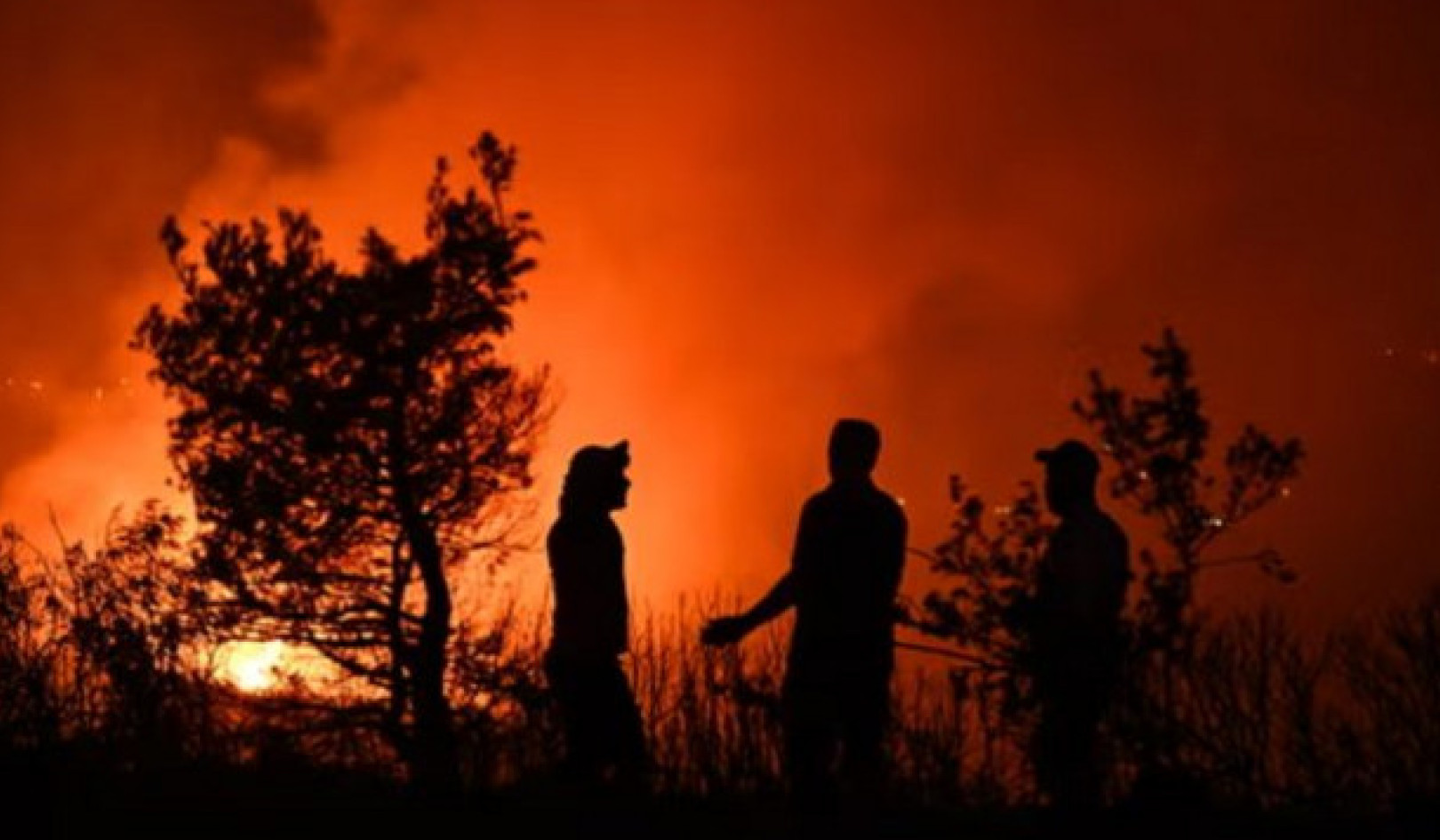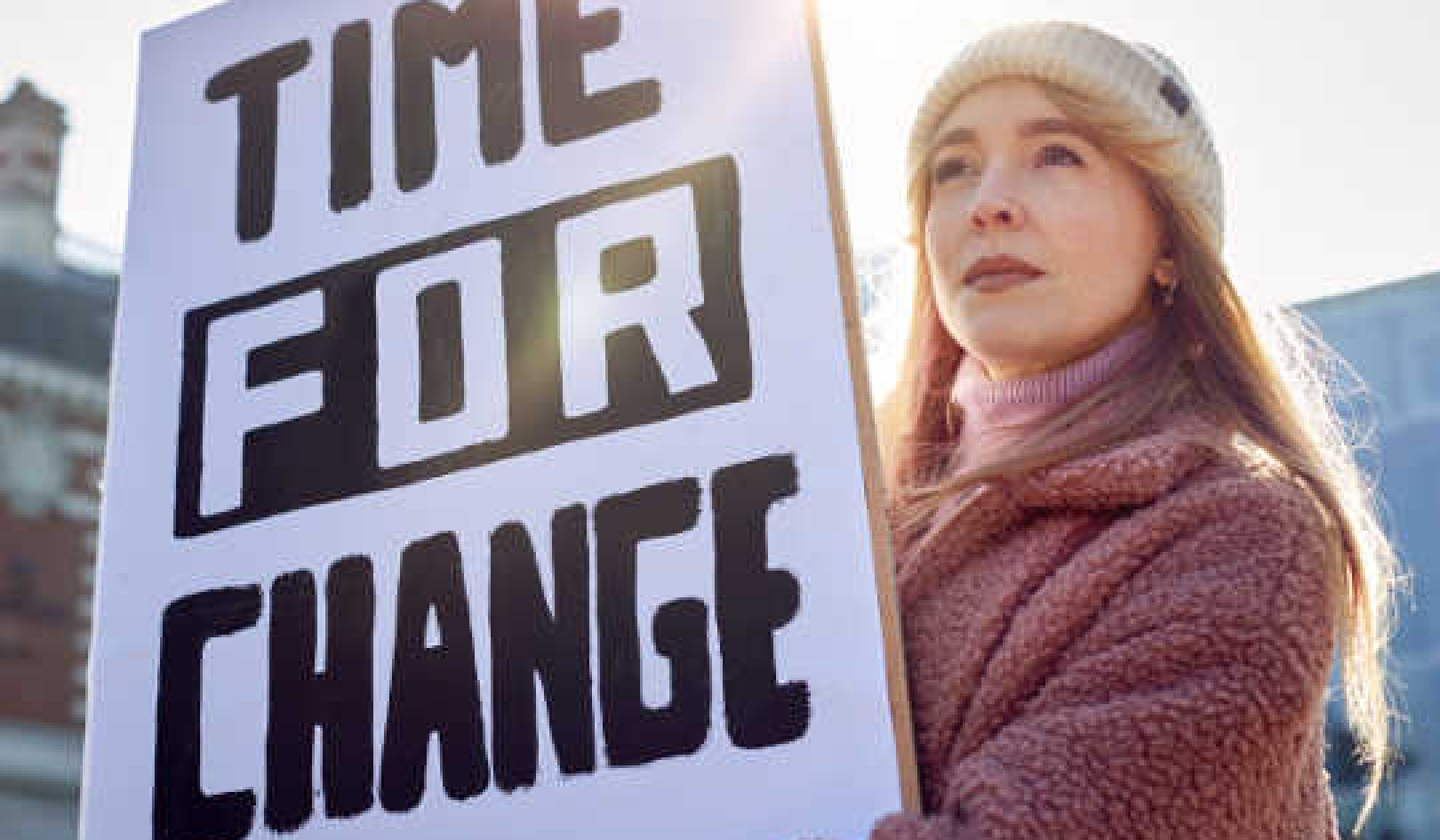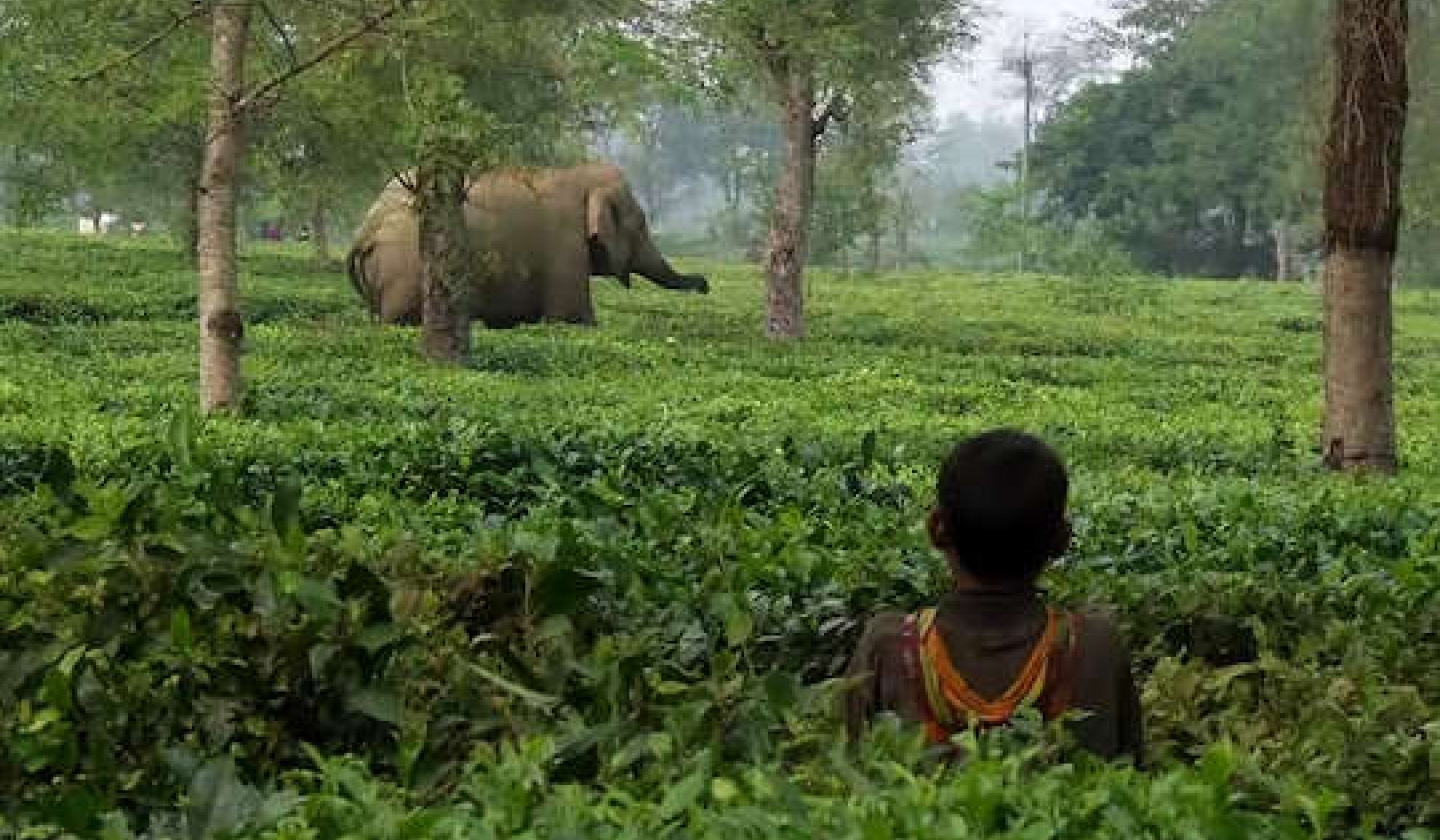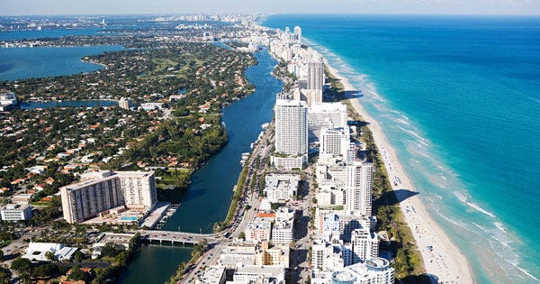
Many of the world’s poorest people live in regions most susceptible to flooding. In northeast India, some residents have been forced to rebuild their homes at least eight times in the past decade. In Africa, the continent’s largest city, Lagos in Nigeria, may become unliveable due to severe floods, while a recent flood caused by tropical storm Ana affected hundreds of thousands of people across the south of the continent.
The situation is expected to worsen in the next few decades, especially for many of the world’s largest cities in lower and middle income countries of Africa, Asia and Latin America. This century, their population is projected to increase substantially. Lagos, for example, could reach a population of 88 million by 2100 according to one academic estimate.
These cities are already improving their infrastructure. But most of the focus remains on big engineering solutions (like flood walls and embankments) rather than a more holistic plans that would involve every level of society. As we have recently argued in our research, these cities must instead become truly “resilient societies” – before it is too late.
Blue-green infrastructure
There have been some attempts to move beyond a simple focus on engineering. For instance, one approach is to put in place so-called blue-green infrastructure, which uses the planning system to integrate rivers, canals or wetlands (the blue) with trees, lawns, parks or forests (the green). This can involve anything from small-scale “rain gardens” that allow water to drain naturally through soil, through to much larger-scale artificial wetlands or ponds.
“Sponge cities”, an approach first introduced in China in 2013, are a nice example of this in practice. The idea of a sponge city is that rather than using concrete to channel away rainwater, it is best to work with nature to absorb, clean and use the water. So, much like a sponge, the cities are designed to soak up the excess stormwater without becoming over-saturated.
For instance, the port city of Ningbo, where one of us is based, transformed a 3km strip of brownfield into an eco-corridor and public park.
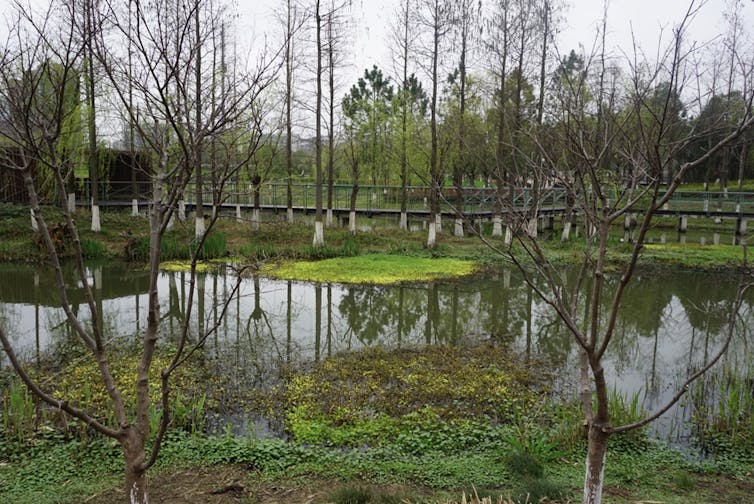 Artificial wetland ‘eco corridor’ in Ningbo, a coastal city of several million people. Lei Li, Author provided
Artificial wetland ‘eco corridor’ in Ningbo, a coastal city of several million people. Lei Li, Author provided
Shanghai has also turned its new “Land of Starry Sky” park (so named because it neighbours an astronomy museum) into a sponge facility, using permeable materials to absorb rainwater. The Chinese government recognised sponge cities can achieve more sustainability goals than solely relying on traditional engineering structures.
In contrast, there is a more worrying scenario in Lagos and other coastal cities which heavily rely on insufficient engineering systems to protect from flooding.
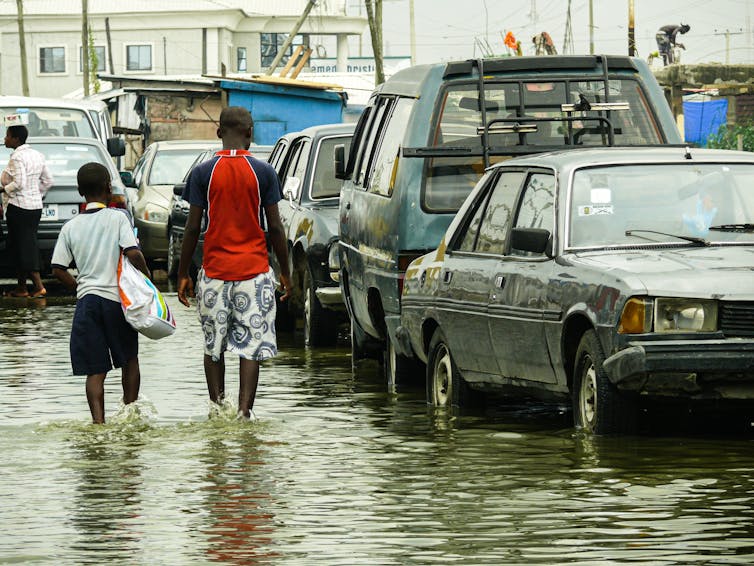 Flooding after a rainy week in Lagos. Mikayleigh Haarhoff / shutterstock
Flooding after a rainy week in Lagos. Mikayleigh Haarhoff / shutterstock
We need resilient cities
In our new research, we studied existing practices and identified a lack of adequate engagement with key stakeholders (such as local industry, small businesses and communities) as the main problem. Engagement with stakeholders such as these is key to improving outcomes of blue-green infrastructure, and such engagement is easier than ever thanks to the widespread use of mobile and digital technologies. Ideally, climate resilient infrastructures should be considered a co-production of all these various groups.
For example, sponge cities have successfully integrated nature-based solutions with traditional engineering. Yet these cities often struggle to get everyone involved in proactively thinking about the risk of floods. We argue that the key to resilient flood management lies in getting the whole society engaged in preventing floods where possible, in adapting to their worst impacts and in ensuring a timely return to the pre-disaster state.
The absence of this social engagement exacerbates flood impacts especially in poorer and more vulnerable parts of the world. Our research stresses that any truly resilient city must have a flood management plan that integrates natural, engineered and social systems.![]()
About The Author
Faith Chan, Associate Professor of Environmental Sciences, University of Nottingham and Olalekan Adekola, Senior Lecturer in Geography, York St John University
This article is republished from The Conversation under a Creative Commons license. Read the original article.
Related Books
Life After Carbon: The Next Global Transformation of Cities
by Peter Plastrik , John Cleveland The future of our cities is not what it used to be. The modern-city model that took hold globally in the twentieth century has outlived its usefulness. It cannot solve the problems it helped to create—especially global warming. Fortunately, a new model for urban development is emerging in cities to aggressively tackle the realities of climate change. It transforms the way cities design and use physical space, generate economic wealth, consume and dispose of resources, exploit and sustain the natural ecosystems, and prepare for the future. Available On Amazon
The future of our cities is not what it used to be. The modern-city model that took hold globally in the twentieth century has outlived its usefulness. It cannot solve the problems it helped to create—especially global warming. Fortunately, a new model for urban development is emerging in cities to aggressively tackle the realities of climate change. It transforms the way cities design and use physical space, generate economic wealth, consume and dispose of resources, exploit and sustain the natural ecosystems, and prepare for the future. Available On Amazon
The Sixth Extinction: An Unnatural History
by Elizabeth Kolbert Over the last half-billion years, there have been Five mass extinctions, when the diversity of life on earth suddenly and dramatically contracted. Scientists around the world are currently monitoring the sixth extinction, predicted to be the most devastating extinction event since the asteroid impact that wiped out the dinosaurs. This time around, the cataclysm is us. In prose that is at once frank, entertaining, and deeply informed, New Yorker writer Elizabeth Kolbert tells us why and how human beings have altered life on the planet in a way no species has before. Interweaving research in half a dozen disciplines, descriptions of the fascinating species that have already been lost, and the history of extinction as a concept, Kolbert provides a moving and comprehensive account of the disappearances occurring before our very eyes. She shows that the sixth extinction is likely to be mankind's most lasting legacy, compelling us to rethink the fundamental question of what it means to be human. Available On Amazon
Over the last half-billion years, there have been Five mass extinctions, when the diversity of life on earth suddenly and dramatically contracted. Scientists around the world are currently monitoring the sixth extinction, predicted to be the most devastating extinction event since the asteroid impact that wiped out the dinosaurs. This time around, the cataclysm is us. In prose that is at once frank, entertaining, and deeply informed, New Yorker writer Elizabeth Kolbert tells us why and how human beings have altered life on the planet in a way no species has before. Interweaving research in half a dozen disciplines, descriptions of the fascinating species that have already been lost, and the history of extinction as a concept, Kolbert provides a moving and comprehensive account of the disappearances occurring before our very eyes. She shows that the sixth extinction is likely to be mankind's most lasting legacy, compelling us to rethink the fundamental question of what it means to be human. Available On Amazon
Climate Wars: The Fight for Survival as the World Overheats
by Gwynne Dyer Waves of climate refugees. Dozens of failed states. All-out war. From one of the world’s great geopolitical analysts comes a terrifying glimpse of the strategic realities of the near future, when climate change drives the world’s powers towards the cut-throat politics of survival. Prescient and unflinching, Climate Wars will be one of the most important books of the coming years. Read it and find out what we’re heading for. Available On Amazon
Waves of climate refugees. Dozens of failed states. All-out war. From one of the world’s great geopolitical analysts comes a terrifying glimpse of the strategic realities of the near future, when climate change drives the world’s powers towards the cut-throat politics of survival. Prescient and unflinching, Climate Wars will be one of the most important books of the coming years. Read it and find out what we’re heading for. Available On Amazon
From The Publisher:
Purchases on Amazon go to defray the cost of bringing you InnerSelf.comelf.com, MightyNatural.com, and ClimateImpactNews.com at no cost and without advertisers that track your browsing habits. Even if you click on a link but don't buy these selected products, anything else you buy in that same visit on Amazon pays us a small commission. There is no additional cost to you, so please contribute to the effort. You can also use this link to use to Amazon at any time so you can help support our efforts.























